Author: Chad Nielsen
-
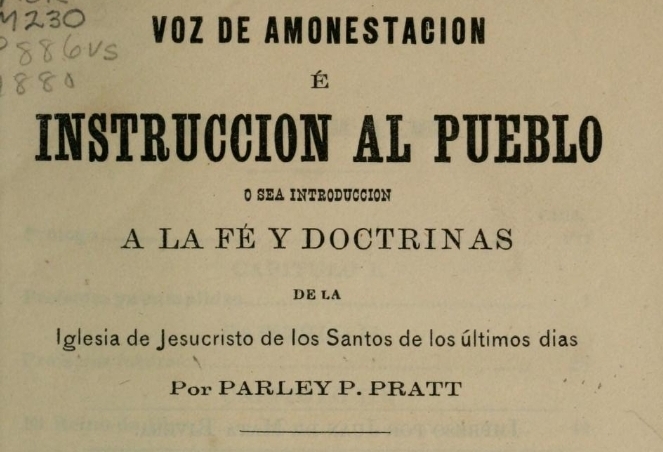
Mormonism in Mexico, Part 6: Voz de amonestación
The first two years of missionary work in central Mexico brought some long-standing successes, such as the conversion of Desideria Quintanar de Yáñez and her family, and some frustrating failures, as was the case with Plotino C. Rhodakanaty.
-
Book of Abraham Translation
When Joseph Smith used the word “translate”, it meant something different than what we usually think of as translating. The Book of Abraham is a very intriguing example of the process that, while it still has a lot of unknowns, does provide some insight into the process. In a recent interview at the Latter-day Saint…
-
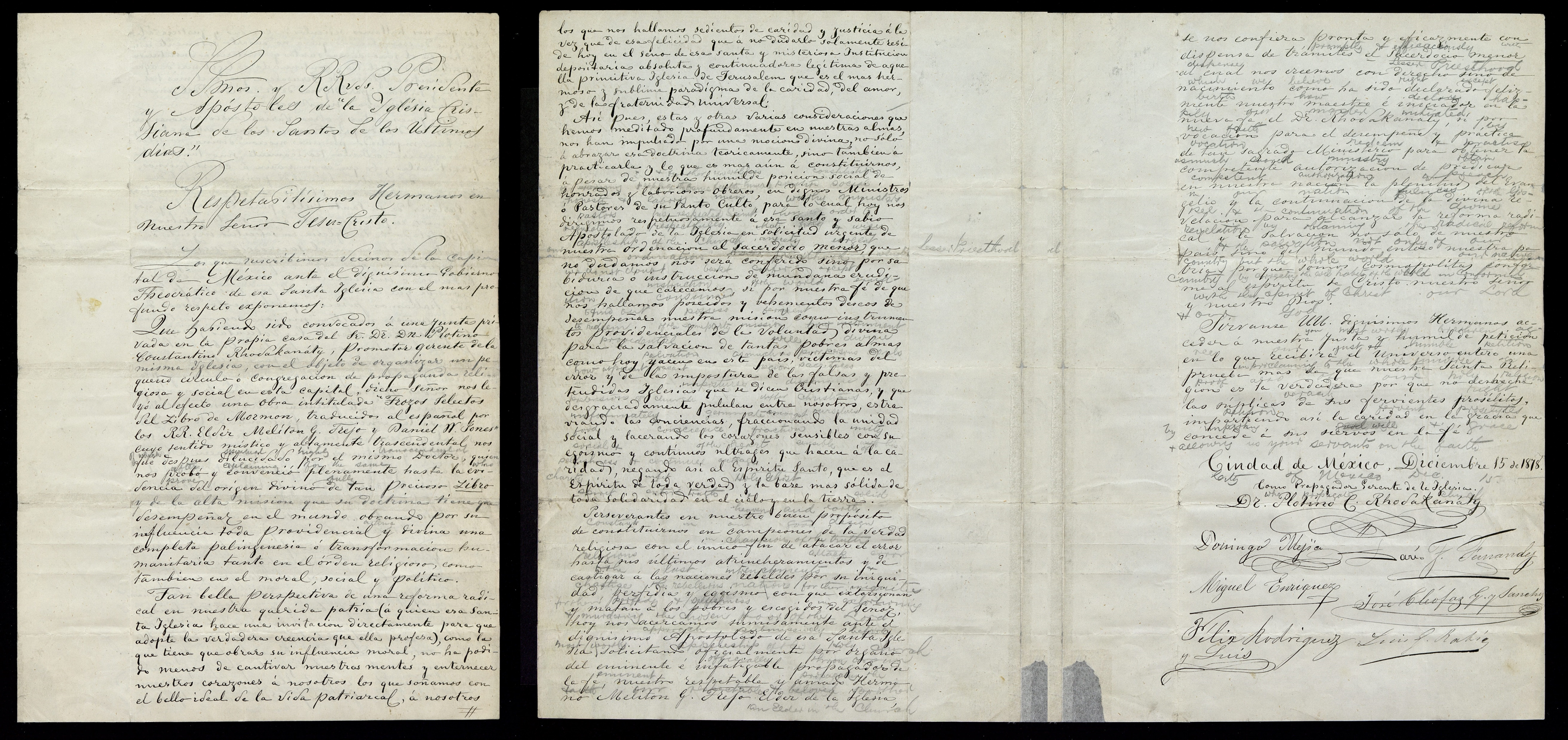
Mormonism in Mexico, Part 5: Thanks to Plotino
In the Church of Jesus Christ of Latter-day Saints post-WWII, the statement that a socialist and anarchist was largely responsible for initiating missionary work in the country that is home to the second-largest community of Latter-day Saints is unexpected. Yet, that is exactly what happened in Mexico thanks to Plotino Constantino Rhodakanaty and his associates.
-
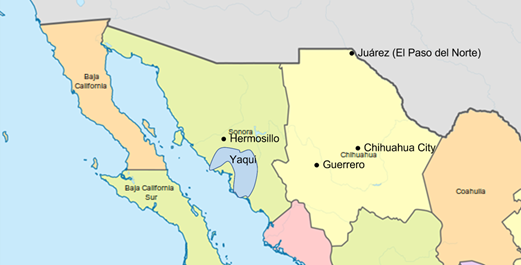
Mormonism in Mexico, Part 4: Look out for places where our brethren could go
It seems that in times of trouble, the early Latter-day Saints looked towards Mexico for refuge.
-
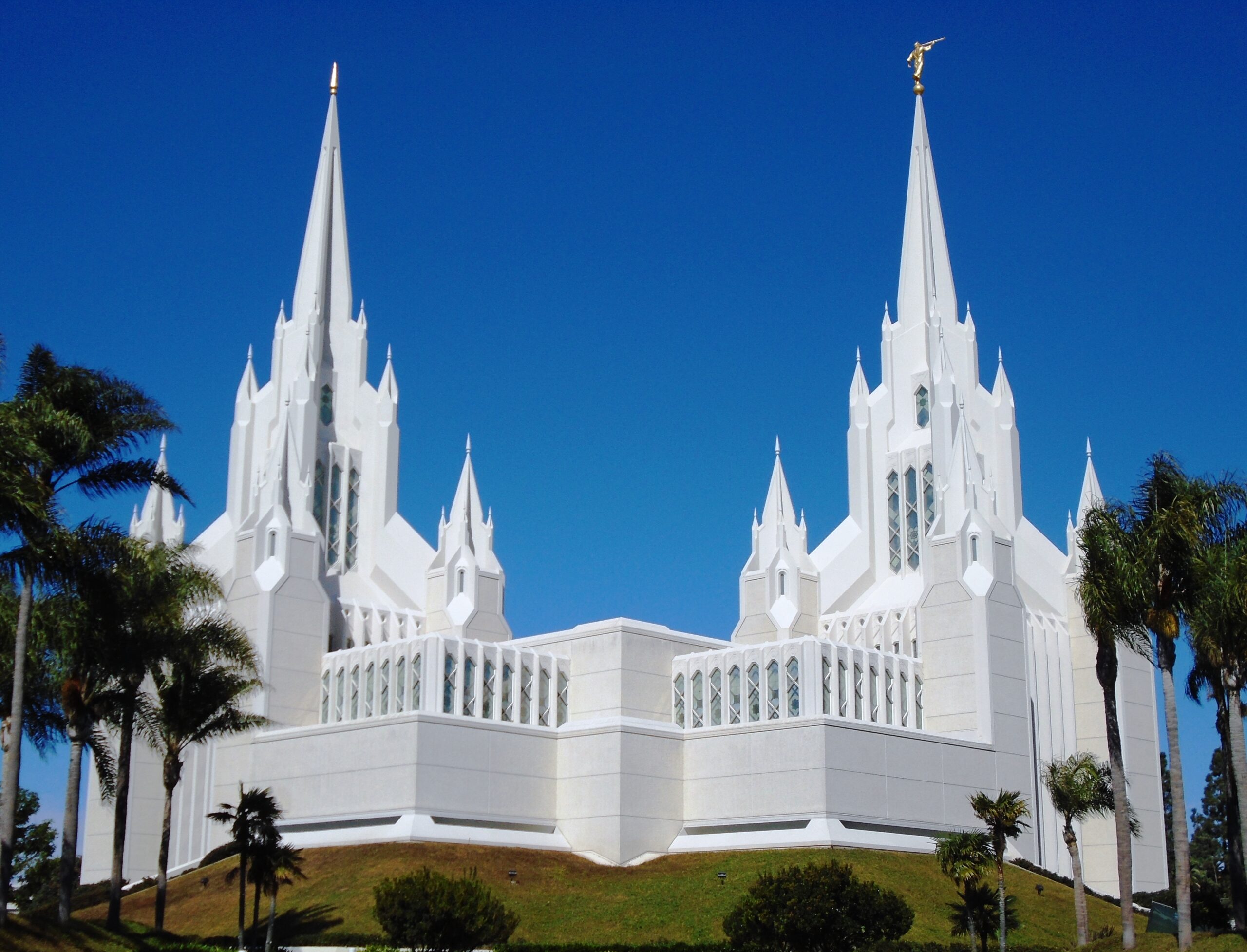
Temples, Communication, and Covenants
Temple rituals form an important part of Latter-day Saints’ covenant relationship with God. A recently-released book by Jennifer C. Lane entitled Let’s Talk About Temples and Ritual delves into the importance of temple rituals. Lane has shared some of the insights she gained that are captured in that book in an interview with the Latter-day…
-

Mormonism in Mexico, Part 3: A few things that needed to happen
Elder Parley P. Pratt’s mission to Chile highlighted a few things that needed to happen in order to successfully establish missions in Spanish-speaking countries.
-

Wilford Woodruff and Adoption Sealings
Wilford Woodruff was hugely important in the development of temple work as we understand it today. In a recent interview at the Latter-day Saint blog From the Desk, Jennifer Mackley (the executive director and CEO of the Wilford Woodruff Papers Foundation) discussed some of the influence that Presisent Woodruff had on temple work. The interview…
-
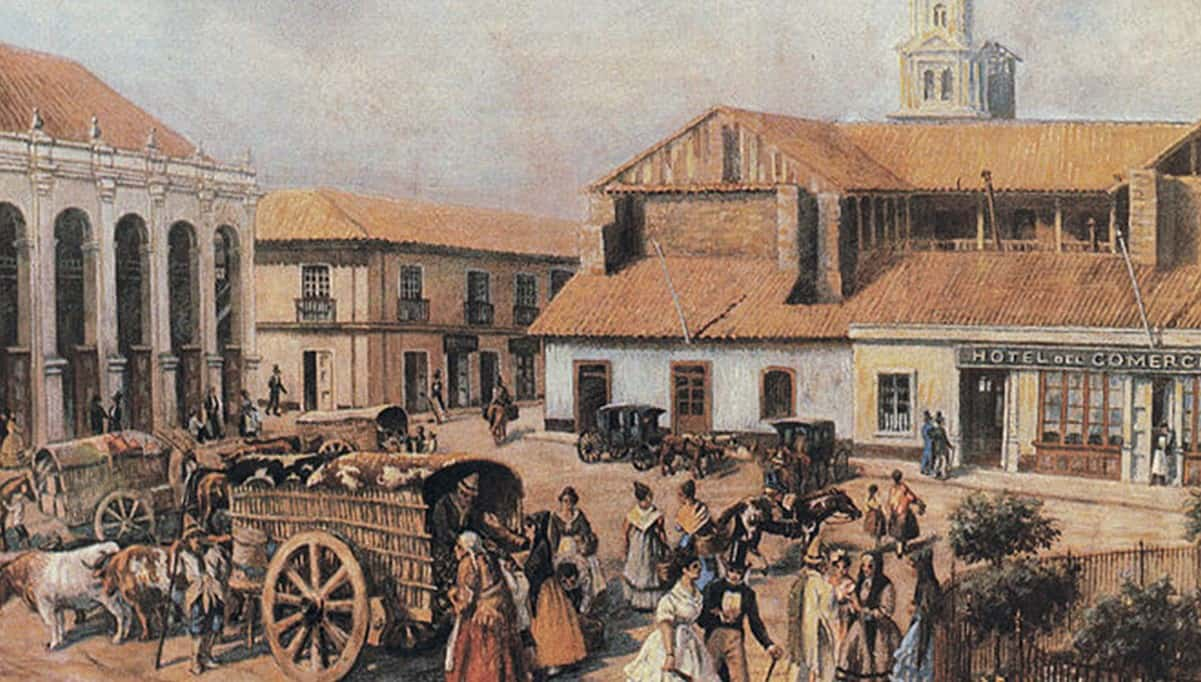
Mormonism in Mexico, Part 2: To the Islands or to Chile
The first attempt to proselyte to Spanish-speaking peoples was not directed at Mexico, but was aimed at Chile instead.
-
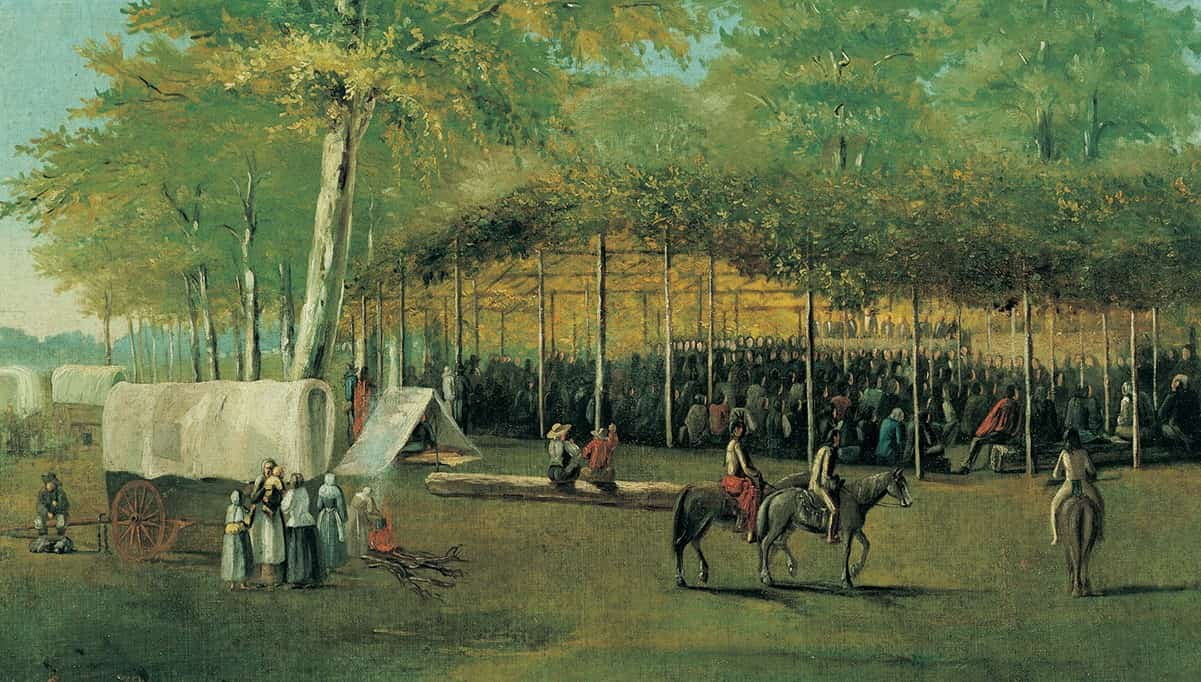
Mormonism in Mexico, Part 1: Westward to Mexico
It’s time to return to the Mexican Mission Hymns project, with a slight change. Instead of running hymn translations and the brief history discussions together, they will be separate posts moving forward. To do this properly, the previous history segments are going to be rerun as their own posts, starting with this one.
-
Camille Fronk Olson on Women in the New Testament
The Bible is “the bedrock of all Christianity” and women play some very key roles in the stories that it shares. Camille Fronk Olson has worked to highlight these female Bible characters as a member of The Church of Jesus Christ of Latter-day Saints. In a recent interview at the Latter-day Saint history blog From…
-
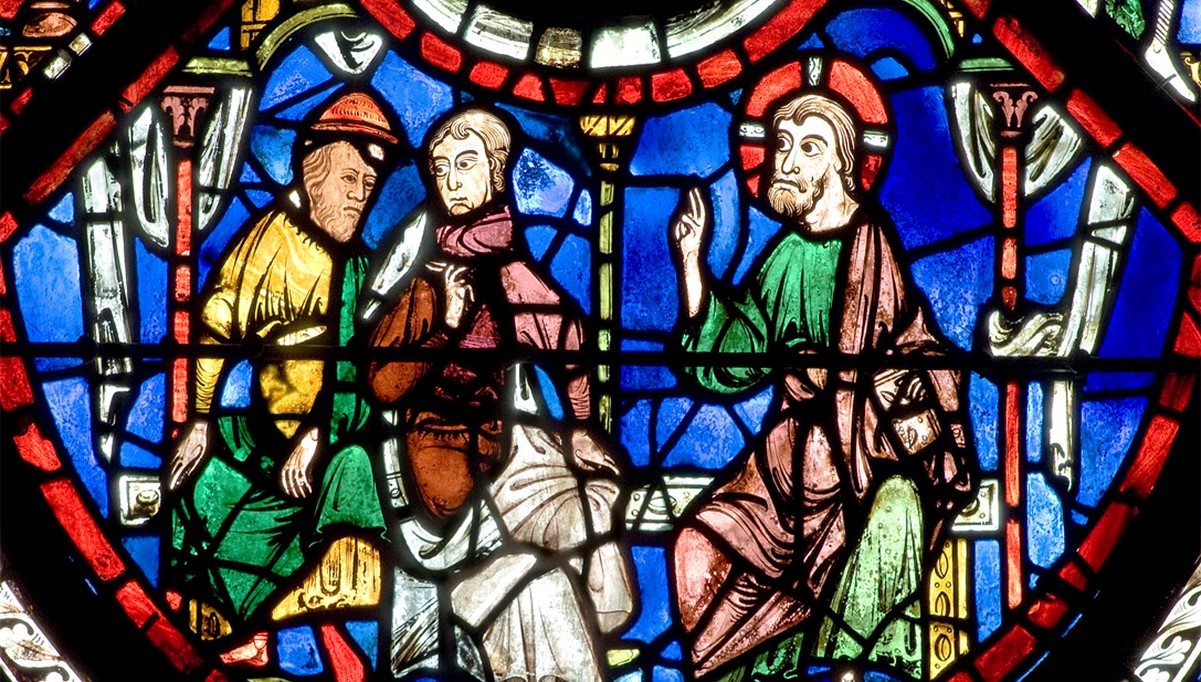
Mercy, kindness, and caring – a Sunday Sermon
At one point in his ministry, “an expert in the law stood up to test Jesus.” He wanted to see what Jesus would answer, asking him: “Teacher … what must I do to inherit eternal life?” To this, Jesus responded with a question of his own: “What is written in the law? What do you…
-
Vengeance Is Mine
The story goes that J. Golden Kimball was once preaching to a crowd in the South and became concerned when he noticed that only men were present. As he opened his mouth to talk, however, All at once something came over me and I opened my mouth and said, . . . ‘Gentlemen, you have not come…
-
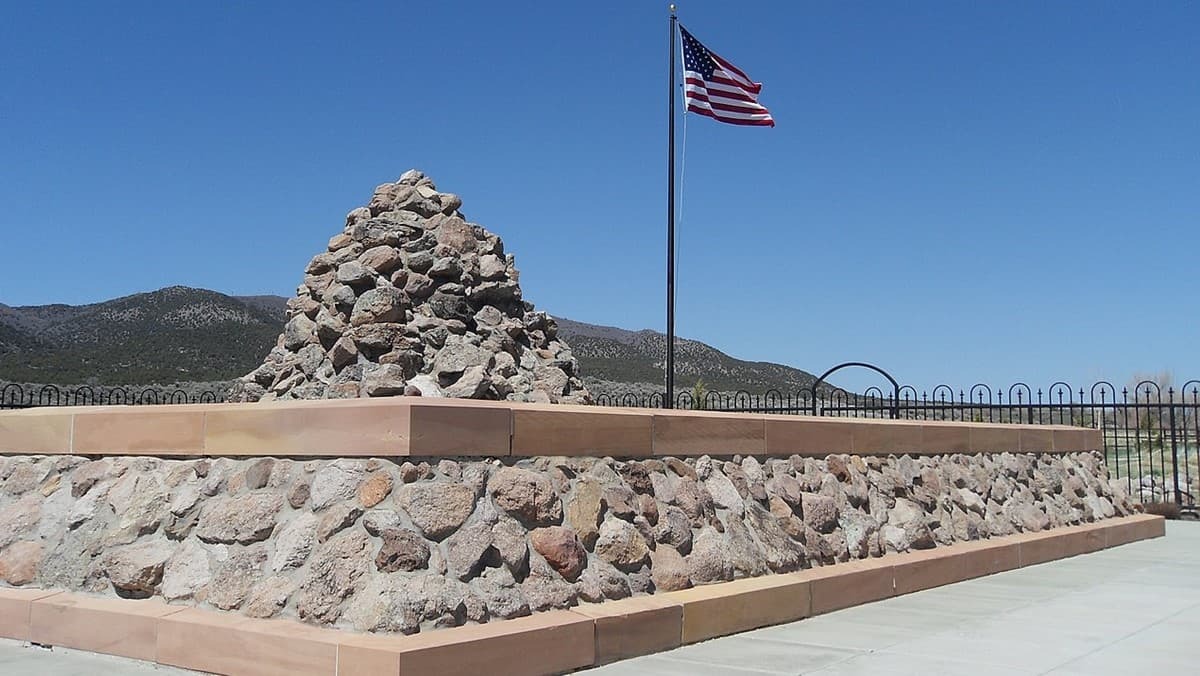
The Mountain Meadows Massacre Aftermath
One of the most significant books in Mormon studies being published this year is Rick Turley and Barbara Jones Brown’s Vengeance Is Mine: The Mountain Meadows Massacre and Its Aftermath. It’s been years coming, but is worth the wait. I’ll probably publish my own review next week, but wanted to highlight that Turley and Brown…
-
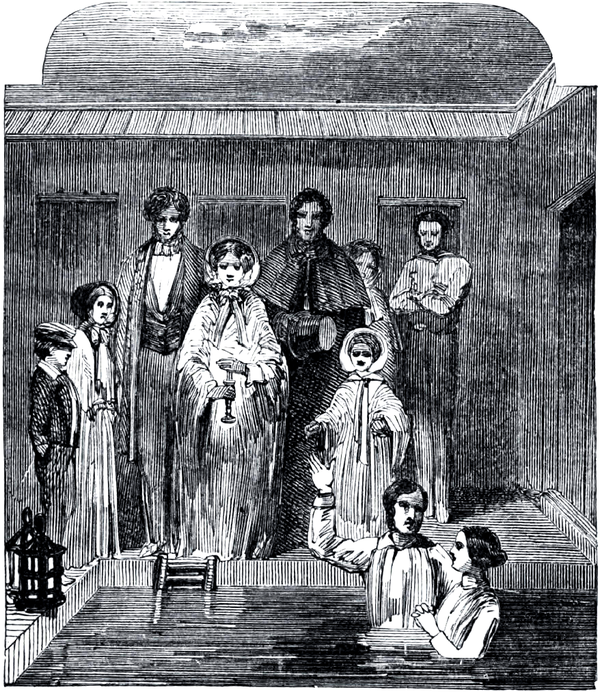
Rebaptism in the Church
One of the interesting aspects of how members of The Church of Jesus Christ of Latter-day Saints approaches the sacrament of the Lord’s Supper is that it is seen as a renewal of covenants. What may not be as widely known is that the idea of renewing covenants may have originally emerged in the Church…
-
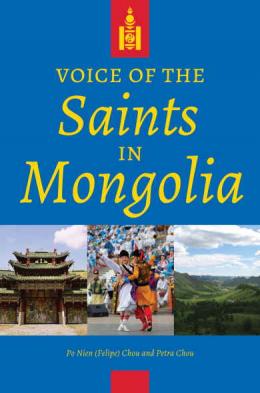
Voice of the Saints in Mongolia
Voice of the Saints in Mongolia by Po Nien (Felipe) Chou and Petra Chou is an informative account of the establishment and growth of The Church of Jesus Christ of Latter-day Saints in Mongolia. As the first comprehensive history of the Church in Mongolia, the book breaks historical ground and provides valuable insights into the…
-
W. Paul Reeve on Race and the Priesthood
The race-based priesthood and temple ban that the Church of Jesus Christ of Latter-day Saints had in place from the 1850s until 1978 is a heavy, but important subject to study. I’ve shared a review about W. Paul Reeve’s recently-released Let’s Talk About Race and Priesthood where I stated that it was one of “the…
-
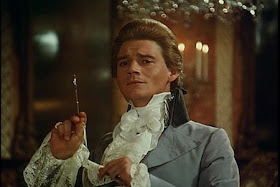
Sink Me, the Prophet’s a Poet
Joseph Smith rarely wrote poetry, but there are a couple notable exceptions.
-
Susa and Alma’s Divorce
In Saints, volume 2, one of the key players was Susa Young Gates. A prominent daughter of Brigham Young who went on to do a lot of notable activities herself, Susa is a relatively well-known figure in Latter-day Saint history. One aspect of her story that received attention in Saints was Susa Young Gates’ divorce with Alma Dunford.…
-
Ken Adkins and Belle Harris
Belle Harris‘s experience in prison is an interesting story from late nineteenth-century Latter-day Saint history. Part of why it’s fascinating is that she kept a record of her time while she was in prison. Recently, Church historian Ken Adkins talked about the Belle Harris prison journal at the Latter-day Saint history blog From the Desk,…
-
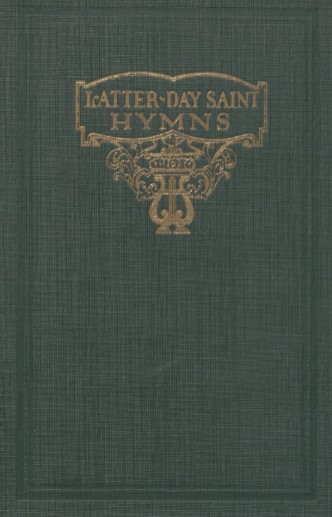
The 1927 Latter-day Saint Hymns
At the start of each year, there is a whole collection of publications that enter the public domain. This year is a relatively big year for people interested in Latter-day Saint song books, since the 1927 Latter-day Saint Hymns, along with a few other song books (the 1927 edition of the Primary Song Book and…
-
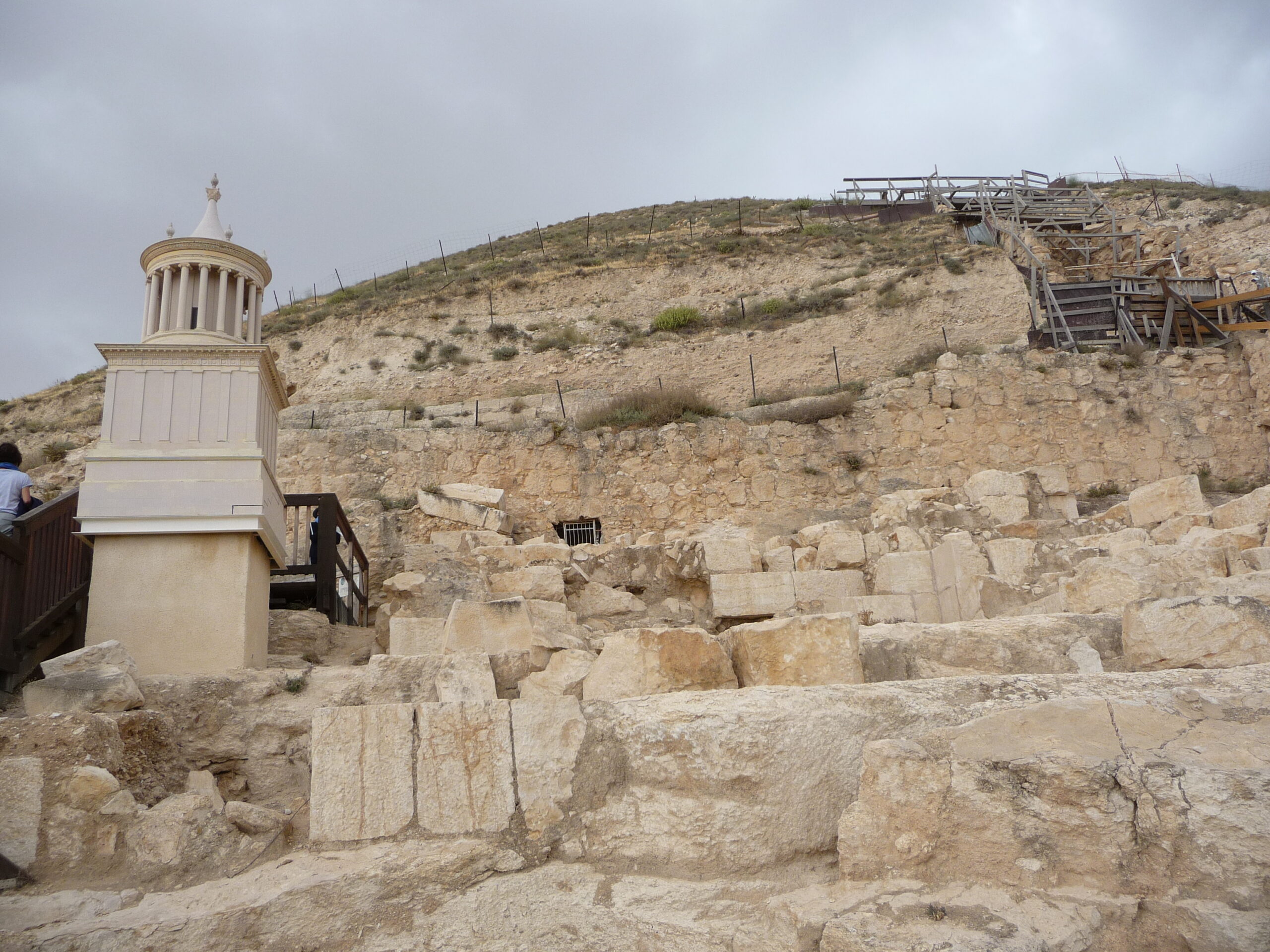
Herod the Great as the Messiah
A repeating theme in Second Temple Judaism is the expectation for a political messiah that would rule Judea. While Christians are aware of this primarily through the expectations that Jesus of Nazareth encountered during his ministry, there are many other people who tried to fulfill that role. Herod the Great may have been one of…
-

The Spencer W. Kimball Journals
President Spencer W. Kimball is well-known for encouraging members of the Church of Jesus Christ of Latter-day Saints to keep journals. He set an example of doing this, and produced a large journal that was recently made available through the Church History Library digital collections. Recently, Latter-day Saint archivists Jeffrey Anderson and Brandon Metcalf discuss…
-
Fully Divine and Fully Human
After the death of Jesus Christ, early Christians spent centuries grappling with understanding who he was. The early creeds developed largely as an effort to reach an official consensus on understanding Jesus’s divine and human natures. While The Church of Jesus Christ of Latter-day Saints is a restoration of the primitive church, early Christianity and…
-
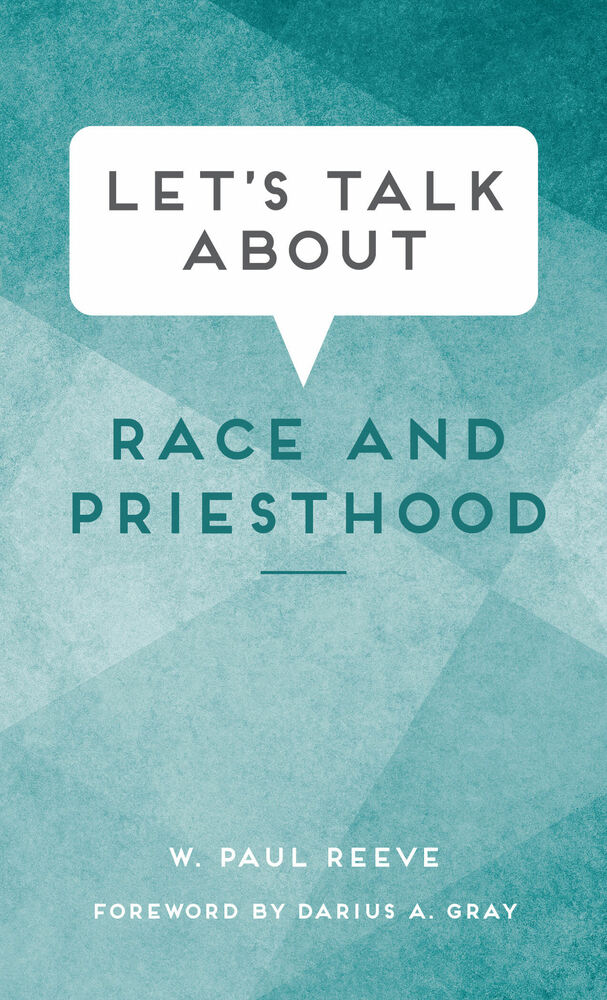
Let’s Talk About Race and Priesthood
Let’s Talk About Race and Priesthood by W. Paul Reeve is a thought-provoking and insightful book that explores some key aspects of the intersection of race and religion in the history of The Church of Jesus Christ of Latter-day Saints. To me, this volume is up there with Brittany Chapman Nash’s Let’s Talk About Polygamy…
-
Who was Mary Magdalene?
Mary Magdalene is a well-known figure in the New Testament whose life has been the subject of speculation and storytelling for much of Christian History. One of the more recent instances of this is The Chosen. In a recent interview at the Latter-day Saint history blog, From the Desk, Bruce Chilton discussed Mary Magdalene, offering…
-
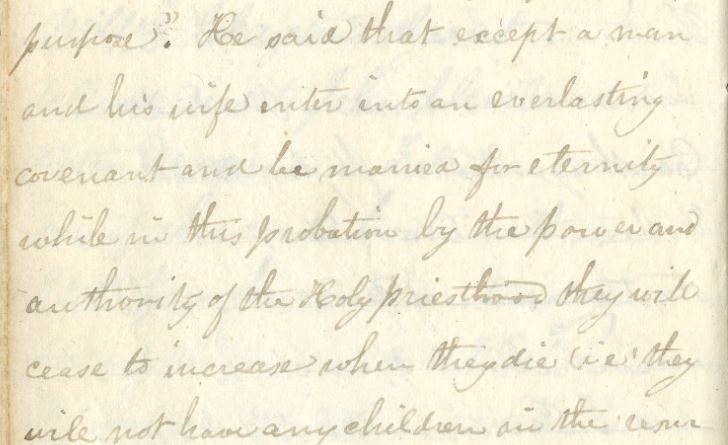
“In the celestial glory there was three heavens”
Doctrine and Covenants, Section 131 has had a huge impact on how we understand the afterlife. There is, however, some debate about a few key aspects of the text mean that also have implications for our fate in the afterlife, especially when it comes to marital status. Given the debates, it is probably best to…
-

Zerah Pulsipher and the Angel
The other day, I came across an interesting talk from Glen L. Rudd about Moroni and his postmortal adventures. While interesting, however, it is unfortunately inaccurate on a few points. In particular, listing Zerah Pulsipher as someone who saw the Angel Moroni is inaccurate to the statements that Pulsipher recorded about his conversion.
-
Carol Madsen on Emmeline B. Wells
Emmeline B. Wells is a powerful figure in Latter-day Saint history. In a recent interview at the Latter-day Saint history blog From the Desk, Carol Cornwall Madsen discussed some of why that is so. What follows here is a copost to the interview (a shorter post with some excerpts and discussion). To set the stage,…
-
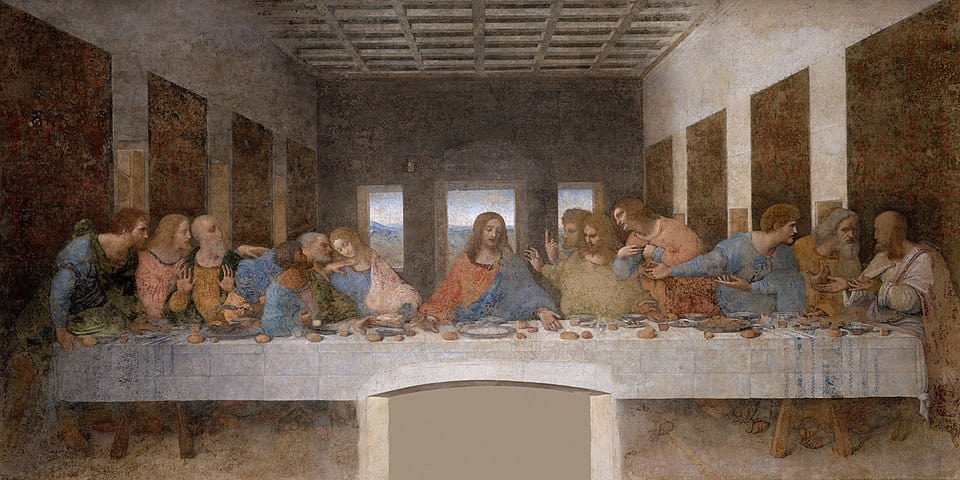
Sacrament Meeting Hymns
Choosing music for sacrament meetings is an interesting responsibility sometimes. One of a few different challenges is that there are only 27 hymns specifically selected as sacrament meeting hymns, so there is a lot of potential for repetition.
-
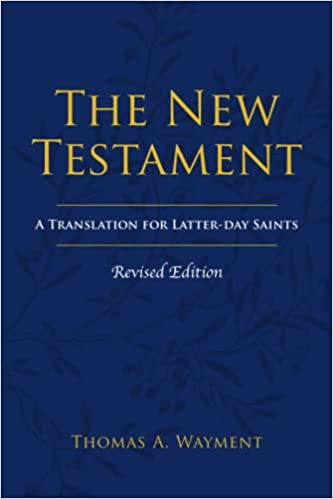
The New Testament: A Translation for Latter-day Saints, Revised Edition
Thomas Wayment’s The New Testament: A Translation for Latter-day Saints, Revised Edition is an exceptional resource for anyone, and particularly a Latter-day Saint, interested in studying the New Testament from a fresh and modern perspective through its clear and readable translation, insightful commentary, and expanded introductory material. One of the standout features of this book…
